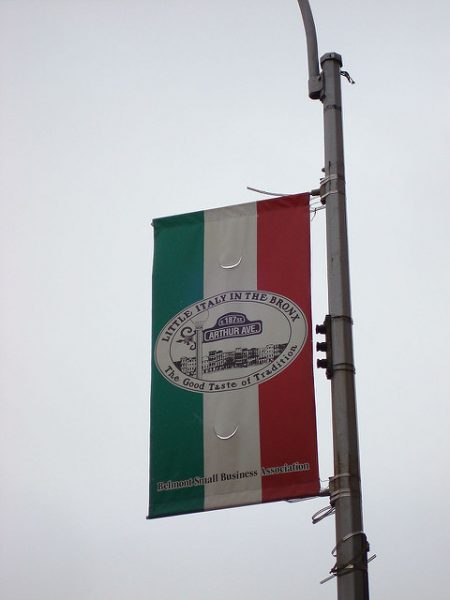
Ethnic and racial differences sometimes serve as sources of exclusion. However, recent research by Ervin B Kosta suggests that sharing similar racial and ethnic backgrounds — even when they are not exactly the same — can also facilitate social inclusion. Their research demonstrates how Albanian immigrants were able to incorporate themselves into Italian businesses and neighborhoods in 1960s New York City because of shared culture, history, and racial backgrounds.
From 2006 to 2010 Kosta interviewed Italian and Albanian store owners in the Bronx’s Little Italy. Both groups share common historical experiences, contact in Europe, geographic proximity, similar racial backgrounds, language, and food. These similarities served as reference points for conversations between the two groups, and Albanians emphasized these similarities to maintain their ethnic identity and avoid assimilation, but at the same time they did not challenge the Italian hierarchy in the neighborhood.
Albanians were also able to leverage these shared narratives to identify as racially White in a time when Italian business owners and community leaders felt threatened by non-White groups’ increased presence in the region. Kosta’s work suggests that race, and specifically White racial identity may be important for contemporary immigrant groups — allowing some immigrants the privileges that come with being White and leaving others out.

Comments